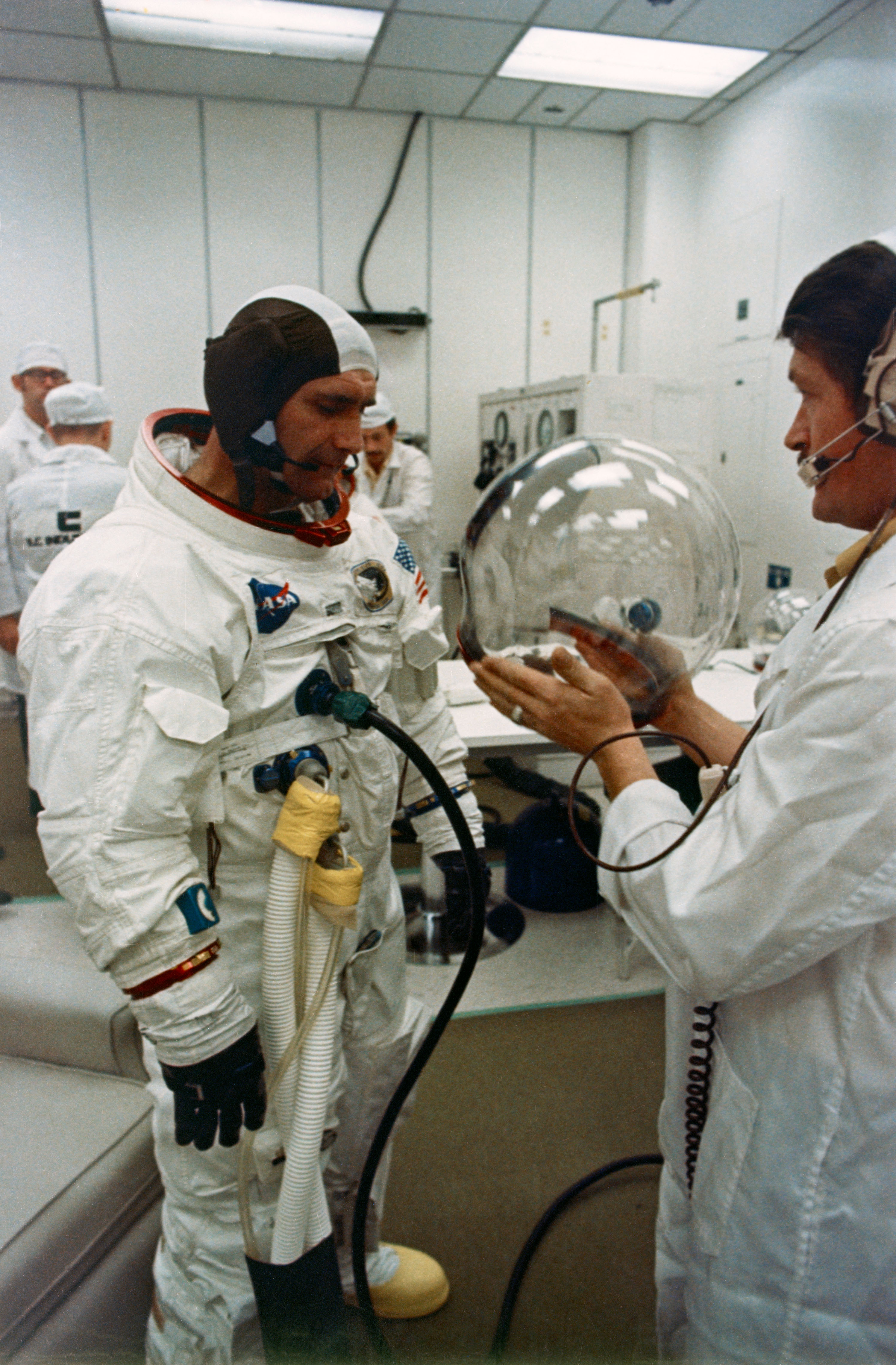
Not only did Burgess know which lunar mission the samples she worked on came from, she was able to see the astronauts collecting the samples from videos currently online. “The volcanic activity that filled the basin brought up material that helps us understand what was deeper in the magma ocean, under the crust,” Burgess said. Lava flooded the crater to form a flat volcanic plain seen from Earth today. The Imbrium Basin formed from the collision of a proto-planet. The impact formed a large lava plain within the Imbrium Basin, one of the larger craters in the Solar System. While much of the material flew into the great unknown, enough of it was trapped by the pull of the Earth to form the Moon. A vast amount of proto-Earth flew into space following the impact. Over time, the Earth cooled, causing the formation of a solid crust, and allowing water on the surface.

Burgess said with the samples returned from the Apollo mission, scientists were able to develop the current theory of how the moon formed, which is believed to have happened when an object the size of Mars hit the proto-Earth in the earliest stages of its development. Schmitt, a geologist like Burgess, was the first scientist to explore the surface of the moon. The crew, which consisted of Eugene Cernan, Ronald Evans, and Harrison “Jack” Schmitt, collected the oldest known lunar rock unaltered by the impact of a meteor. “Scientifically, it confirms where exactly the helium is trapped in the lunar soil, and it shows the benefit of nanoscale examination of geologic and planetary samples.”īurgess worked exclusively on samples brought back by the Apollo 17 mission in 1972, which was the last time U.S. “The helium created a pretty dramatic signal,” she said. She wasn’t looking for helium when she saw it for the first time because vesicles weren’t the initial focus of the research. “Finding helium in one of the vesicles was probably the single coolest discovery we made.” “Working with lunar samples is definitely kind of mind blowing these days,” Burgess said. Finding helium at that scale, which was in an individual vesicle, was new. The helium Burgess found was in a vesicle, which is a small bubble, an open space inside the grain that traps the helium. By comparison, a human hair is about 100 microns, or more than 1,000 times larger. Her research narrowed in on single particles, single dust grains that had not previously been measured in detail at the nanoscale, which refers to material measuring 1-100 nanometers. Scientists studying Moon material found helium, but it was at the bulk level, Burgess said. “We know that there is a lot of helium in the solar wind, along with hydrogen.” “Scientifically it wasn’t a huge surprise,” Burgess said. One of Burgess’s primary findings from these samples is helium trapped inside tiny grains of moon dust. Lunar samples of dust particles and rock have been brought back to Earth for more than half a century, ever since Neil Armstrong became the first person to step foot on the Moon in 1969.

Heinrich award for her work over the past decade.

Burgess is being recognized with an award from the Microanalysis Society, receiving the Kurt F.J. “The idea that you can walk outside and see the moon and think, ‘These are little particles of dust that used to be up there, and I get to work with them in my lab,’” Burgess said, “that’s pretty cool.”Ī lot of studying of those samples through a microscope has taken place over the years, and her diligent work has paid off. When you look at the moon looming over the Earth, especially a rising harvest moon blazing bright orange and red, you don’t think about a tiny grain of dust up there.īut Kate Burgess does, she’s studied dozens of lunar grains in her work as a geologist at the U.S.


 0 kommentar(er)
0 kommentar(er)
